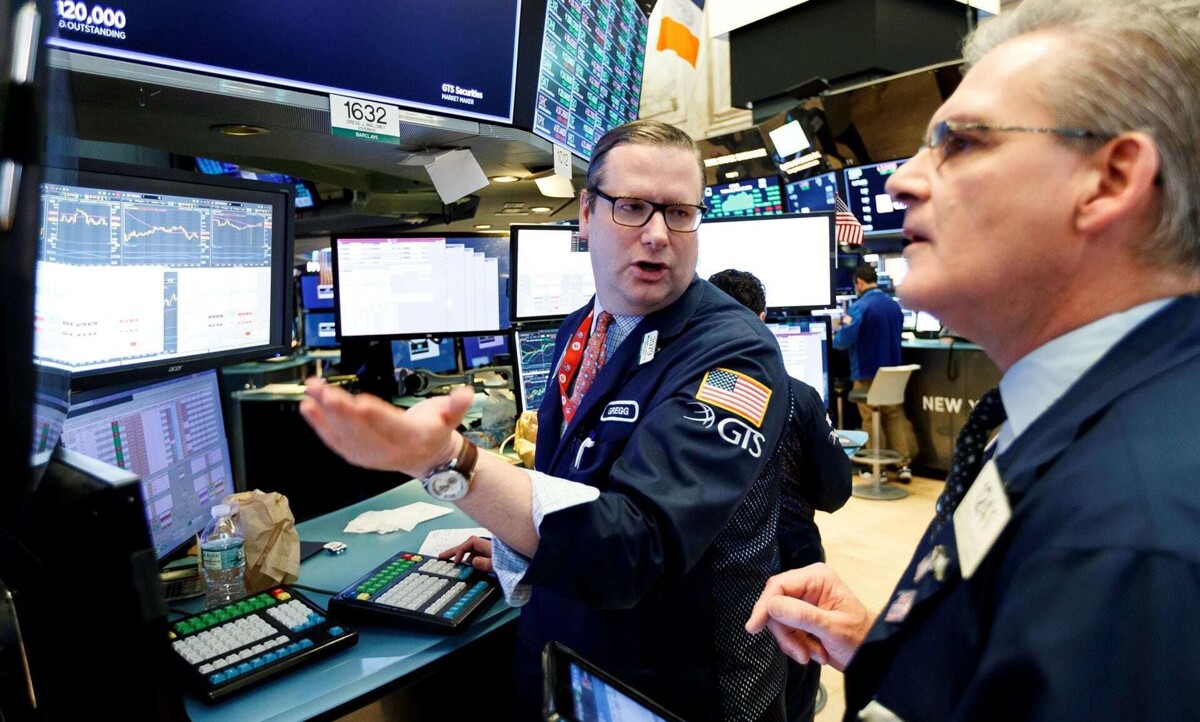
On March 13, Wall Street records negative trading due to investors' uncertainty regarding Donald Trump's tariff policies. The Nasdaq shows the largest drop, down 0.97 percent, at 17,487.41 points; the S&P 500 falls 0.47 percent, reaching 5,572.52 points, and the Dow Jones loses 0.40 percent, standing at 41,186.08 units.
Valmex analysts indicate that U.S. stock indexes begin the day with slight losses due to uncertainty related to a potential government shutdown in the United States. This concern arises from the Senate's approval of a package to prevent such a shutdown. Additionally, the situation worsens on the New York Stock Exchange amid Trump's threat to impose a 200 percent tariff on wines and champagne from France and other European countries, in response to a 50 percent levy on U.S. whiskey by Europe.
In contrast, local markets show positive figures at the day's opening. The S&P/BMV IPC, the main index of the Mexican Stock Exchange, rises 0.25 percent, reaching 52,171.65 points, while the FTSE-BIVA of the Institutional Stock Exchange shows an increase of 0.17 percent, standing at 1,055.02 points.
In Europe, Spain's IBEX 35 is the only index in the green, up 0.55 percent, reaching 12,852.88 points. On the other hand, losses are led by Germany's DAX, down 0.49 percent, followed by France's CAC 40, down 0.39 percent, and London's FTSE 100, yielding 0.01 percent.
In the international oil market, both West Texas Intermediate and Brent reflect losses. The former decreases by 0.64 percent, priced at $67.25 per barrel, while Brent sees a decline of 0.52 percent, reaching $70.58 per barrel.













